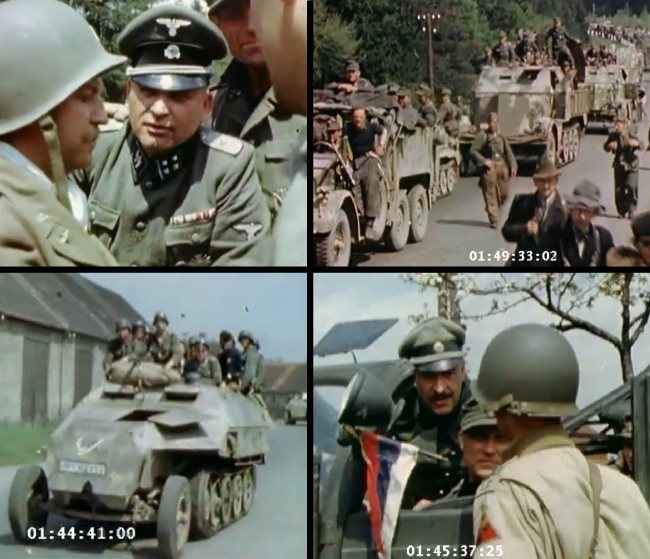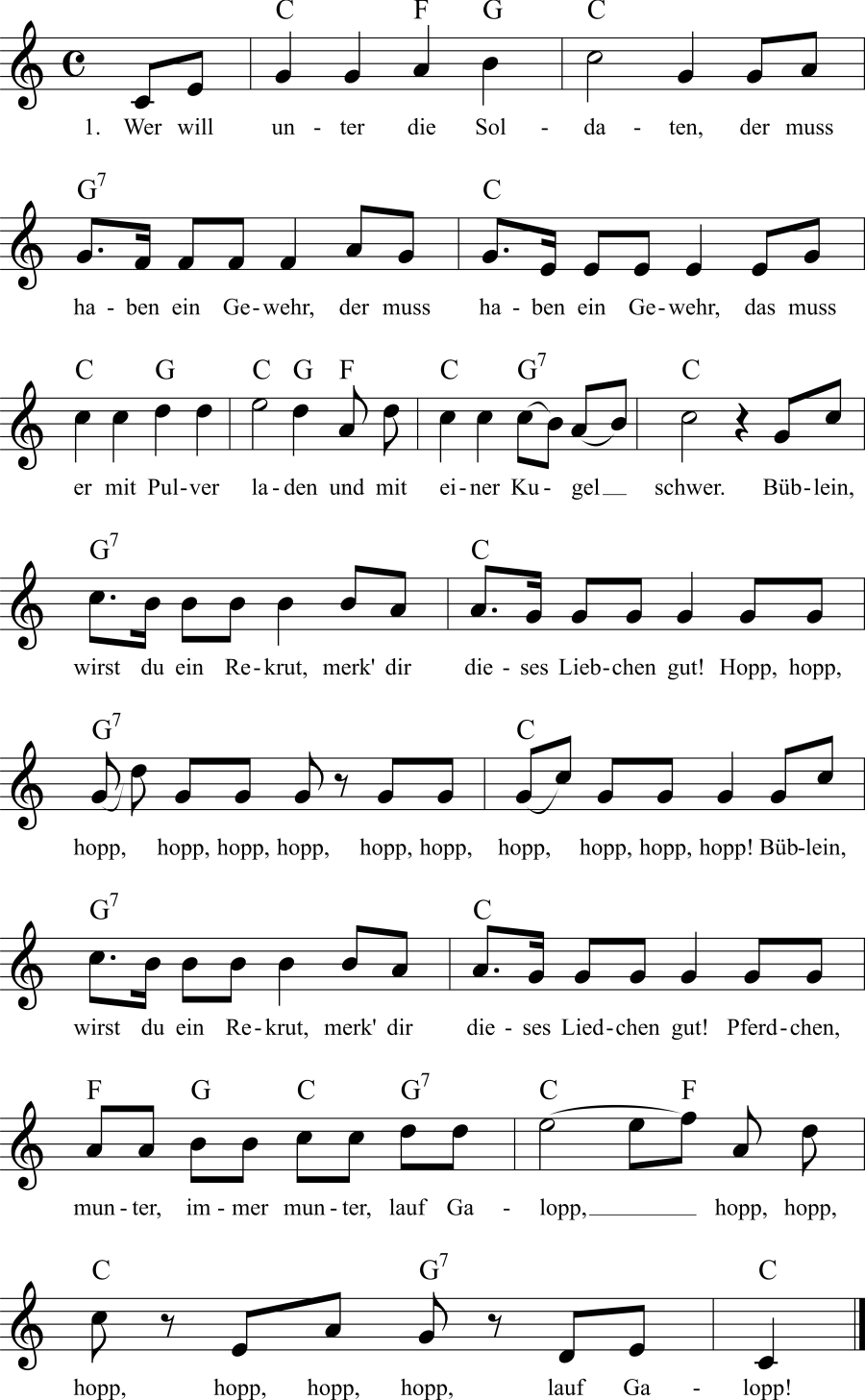


The awardee must be a critical part of the organization who by dedication helps to further advance the organization. Awarded to members whose actions within the unit set the bar to a new level. This award will be issued to members who have gone above and beyond the call of duty. The member must have attended a minimum of 35 tactical events. Must be an active member of the unit for 3 years and have been awarded the Iron Cross 2nd Class. Must be a member of the unit for 5 years, have already been awarded the Bronze class, Iron Cross 1st and 2nd class and have attended a total of 75 tactical events. This award comes in 3 grades and will be awarded with the least prestigious first and all clasps having similar criteria starting with the least stringent. Member must also be a holder of the Iron Cross First and Second Class. The criteria for this award is that the member must have been active for a minimum of 8 years and have attended a total of 150 tactical events. An example of this might be a large unit donation or purchase of a large unit item such as a truck or light armoured vehicle. The portrayal of the woman (“Mägdelein”) as “waiting, crying, devoted, loyal, and yet adored woman” corresponded to the role cliché of the “loyal caring wife” propagated by the Nazis.Ībroad, the marching song Erika was and is perceived as a “typical German song”, although to this day mostly inseparable from the German Wehrmacht For example, in 1983, on the junta's tenth anniversary in Chile, it was part of the repertoire of the band of a Chilean military battalion in “familiar field gray with original Wehrmacht steel helmet”, which was still in the tradition of “former German military aid”.This award will be given to members who continuously go above and beyond for the betterment of the unit and reenacting as a whole.
SOLDATENLIEDER VERBOTEN SERIES
The particular popularity of the marching song during the Second World War is sometimes explained by the fact that it was lyrically part of a series of popular songs with German female first names, in which Wehrmacht soldiers who had gone to war could sing of their loved ones and wives who had stayed at home. This musical idea, which at first glance does not match the lyrical and melodic content of the song, makes the composition memorable and, through its sonic similarity to cannon blows, subliminally emphasizes the character of a war song. The independent march composition shows a concise detail, as it was spread in the recordings at the time of the Third Reich: The vocal part, otherwise completely arranged as march music, is counterpointed in all melody pauses with three rapidly successive steam hammer-like drum beats (without instrumental accompaniment, this results automatically from the sound of the marching feet), which stand completely on their own without accompaniment:Ī little flower blooms on the heather (xxx) / and its name is: (xxx) Erika (xxx). The composition is a marching song, a song that could be sung by soldiers (mostly marching) without instrumental accompaniment. The militaristic hits and the marching songs were the "answer to the approaching war". The conscious use of new technical mass media during National Socialism, especially in film and radio, accommodated this and quickly ensured the popularity of Nazi songs and music. The more the Schlager-song escaped from the harsh reality in dreamy bliss and faked a cozy love affair and pleasure idyll, the better "the true face of Nazi Germany" could be hidden behind the many soft minor tones. In particular, the Reich Propaganda Minister Joseph Goebbels recognized popular, simple songs as a useful means of propaganda. The marching song "Auf der Heide blüht ein kleines Blümelein" (Erika) was published for the first time in 1938. Niel, who joined the NSDAP at the beginning of May 1933 and made it to the position of “leading” conductor in the Reichsmusikzug of the Reich Labor Service during the Nazi era, created numerous marching songs that were largely used for Nazi propaganda. The lyrics and the melody come from the German composer for marching songs, Herms Niel (1888–1954).


 0 kommentar(er)
0 kommentar(er)
